Home>Gardening & Outdoor>Landscaping Ideas>Is It Bad To Cut Grass When Hot
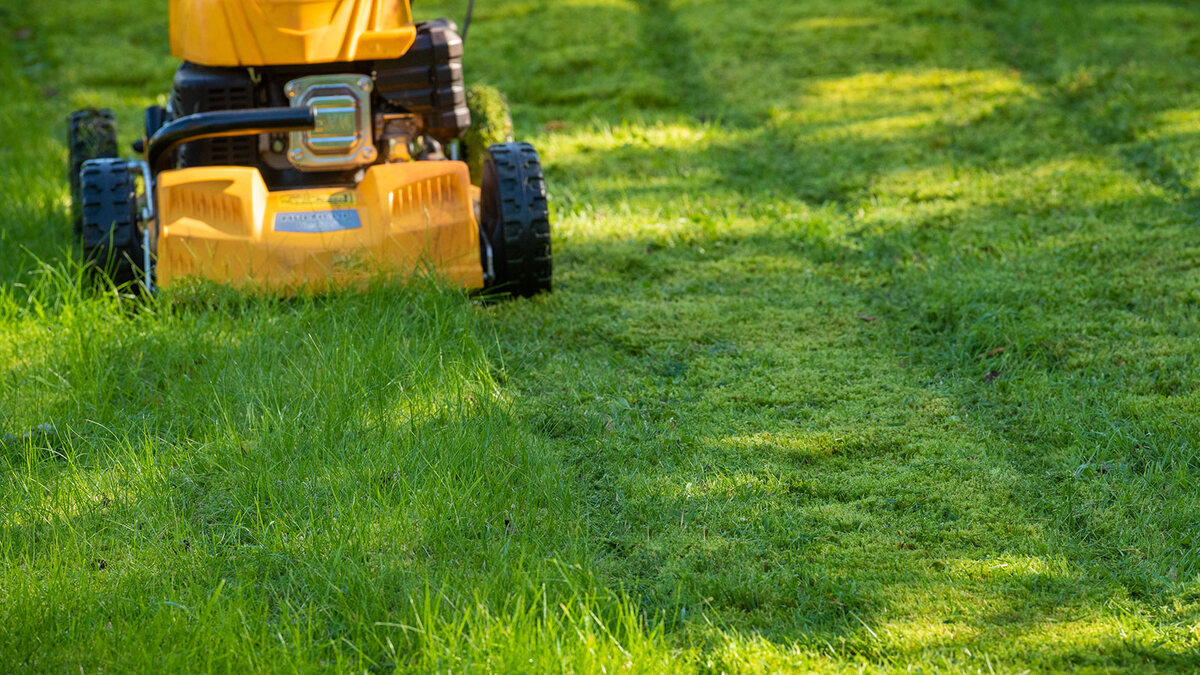

Landscaping Ideas
Is It Bad To Cut Grass When Hot
Modified: February 18, 2024
Learn the best landscaping ideas for cutting grass in hot weather. Find out if it's bad to cut grass when it's hot and how to maintain a healthy lawn. Discover expert tips and advice.
(Many of the links in this article redirect to a specific reviewed product. Your purchase of these products through affiliate links helps to generate commission for Storables.com, at no extra cost. Learn more)
Introduction
As the sun beats down and the temperature rises, many homeowners find themselves facing the dilemma of whether it’s a good idea to tackle their lawn maintenance during the hottest part of the day. The question “Is it bad to cut grass when hot?” often arises, and the answer is not as straightforward as one might think. While it’s tempting to put off lawn care until the weather cools down, there are certain factors to consider before making that decision. Understanding the potential effects of cutting grass in hot weather and implementing the right strategies can help homeowners maintain a healthy lawn even in scorching temperatures.
Key Takeaways:
- Mowing the lawn in extreme heat can stress the grass and pose health risks. To minimize damage, mow in the cooler morning or late afternoon, adjust cutting height, and stay hydrated.
- Understanding grass type, soil moisture, and weather conditions is crucial for mowing in hot weather. Sharpen mower blades, mulch clippings, and monitor soil moisture to maintain a healthy lawn.
Read more: Should You Cut Your Grass When It’s Hot
Factors to Consider Before Cutting Grass in Hot Weather
Before firing up the lawnmower on a sweltering day, it’s important to take several factors into account to ensure that the grass cutting process doesn’t harm the lawn or the person doing the mowing. Here are some key considerations:
- Grass Type: Different grass species have varying levels of tolerance to heat and drought. Warm-season grasses like Bermuda grass and Zoysia grass are more resilient in hot weather, while cool-season grasses such as Kentucky bluegrass and fescue may struggle under intense heat. Understanding the type of grass in your lawn can help determine the best approach to mowing in hot weather.
- Soil Moisture: Dry, compacted soil can make it challenging for grass roots to absorb water and nutrients, leading to stress and potential damage during mowing. It’s crucial to assess the moisture level in the soil before deciding to mow the lawn in hot weather.
- Weather Conditions: In addition to the temperature, other weather factors such as humidity and wind should be taken into consideration. High humidity can make it harder for freshly cut grass to dry out, while strong winds can cause the grass to lose moisture rapidly.
- Health Considerations: Mowing a lawn in extreme heat can take a toll on the person operating the equipment. It’s essential to prioritize personal health and safety when deciding whether to mow the lawn in hot weather.
- Mowing Equipment: The condition of the lawnmower and its sharpness can significantly impact the grass during hot-weather mowing. Dull blades can tear the grass, leading to moisture loss and stress on the plants.
By carefully evaluating these factors, homeowners can make informed decisions about whether it’s suitable to cut the grass in hot weather and take the necessary precautions to protect both the lawn and themselves.
Effects of Cutting Grass in Hot Weather
When the sun blazes overhead and the mercury climbs, mowing the lawn in hot weather can have various effects on both the grass and the individual behind the lawnmower. Understanding these potential impacts is crucial for maintaining a healthy lawn and ensuring that the mowing process doesn’t cause undue stress. Here are some effects to consider:
- Moisture Loss: Cutting grass during the hottest part of the day can lead to rapid moisture loss from the freshly cut blades. This can exacerbate the stress on the grass, particularly if the soil moisture levels are already low.
- Heat Stress: Intense heat combined with the stress of mowing can leave the grass vulnerable to heat-related damage. This can manifest as browning, wilting, or even scorching of the grass blades.
- Soil Compaction: Mowing in hot weather, especially on dry soil, can contribute to soil compaction. This can hinder the movement of air, water, and nutrients in the soil, ultimately impacting the overall health of the lawn.
- Increased Weed Growth: Hot weather can create favorable conditions for weed growth, and mowing during this time may inadvertently spread weed seeds across the lawn, leading to potential weed infestations.
- Personal Health Risks: Mowing the lawn in extreme heat can pose health risks for the person handling the equipment, including heat exhaustion and dehydration. It’s essential to prioritize personal well-being when deciding whether to mow in hot weather.
These effects highlight the potential challenges and risks associated with cutting grass in hot weather. By being aware of these consequences, homeowners can take proactive measures to mitigate the negative impacts and maintain a healthy, vibrant lawn despite the scorching temperatures.
It is best to avoid cutting grass during the hottest part of the day, usually between 10am and 4pm, to prevent stress on the grass and yourself. Opt for early morning or late afternoon when it’s cooler.
Tips for Cutting Grass in Hot Weather
While mowing the lawn in hot weather presents challenges, implementing the right strategies can help minimize the negative effects and ensure that the grass remains healthy and vibrant. Here are some valuable tips for cutting grass in hot weather:
- Choose the Right Time: Opt for early morning or late afternoon to mow the lawn when the temperatures are relatively cooler. This can reduce the stress on both the grass and the person doing the mowing.
- Adjust Mowing Height: Set the lawnmower blades to a higher cutting height to provide shade for the soil and reduce moisture loss from the grass blades. Taller grass also promotes deeper root growth, enhancing the lawn’s resilience to heat and drought.
- Sharpen Mower Blades: Ensure that the lawnmower blades are sharp to make clean cuts, minimizing moisture loss and stress on the grass. Dull blades can tear the grass, leaving it more susceptible to heat-related damage.
- Mulch Grass Clippings: Instead of collecting grass clippings, consider mulching them back into the lawn. This can provide valuable nutrients and moisture to the grass, helping it withstand the heat more effectively.
- Stay Hydrated: If mowing the lawn in hot weather, it’s essential for the person operating the equipment to stay well-hydrated. Take regular breaks and drink plenty of water to prevent dehydration and heat-related illnesses.
- Monitor Soil Moisture: Keep an eye on the soil moisture levels and water the lawn as needed, especially during prolonged periods of hot weather. Adequate hydration is crucial for the grass to thrive in challenging conditions.
- Consider Shade: If possible, create temporary shade for the lawn by using umbrellas or shade cloths to reduce the direct impact of the sun during mowing.
By following these tips, homeowners can navigate the challenges of cutting grass in hot weather while promoting the health and vitality of their lawn. With the right approach, it’s possible to maintain a lush, green lawn even in the midst of a scorching summer.
Conclusion
While the heat of summer can present obstacles for lawn maintenance, understanding the implications of cutting grass in hot weather and implementing the appropriate measures can help homeowners navigate these challenges effectively. By considering factors such as grass type, soil moisture, weather conditions, and personal health, individuals can make informed decisions about when to mow their lawns and how to do so responsibly.
Recognizing the effects of mowing in hot weather, including moisture loss, heat stress, soil compaction, and potential weed growth, underscores the importance of adopting the right strategies to mitigate these issues. Adjusting the mowing schedule, setting the cutting height appropriately, sharpening mower blades, and staying mindful of soil moisture are all crucial steps in promoting the health and resilience of the grass during periods of intense heat.
Ultimately, the goal is to maintain a lush, vibrant lawn while prioritizing both the well-being of the grass and the person responsible for its care. By following the recommended tips for cutting grass in hot weather, homeowners can nurture their lawns through the summer months, ensuring that they remain a source of pride and beauty despite the challenges posed by the heat.
With careful consideration, proactive measures, and a commitment to responsible lawn care, it’s possible to achieve a thriving and resilient lawn that can withstand the hottest days of summer, emerging lush and green when the heat subsides.
Frequently Asked Questions about Is It Bad To Cut Grass When Hot
Was this page helpful?
At Storables.com, we guarantee accurate and reliable information. Our content, validated by Expert Board Contributors, is crafted following stringent Editorial Policies. We're committed to providing you with well-researched, expert-backed insights for all your informational needs.
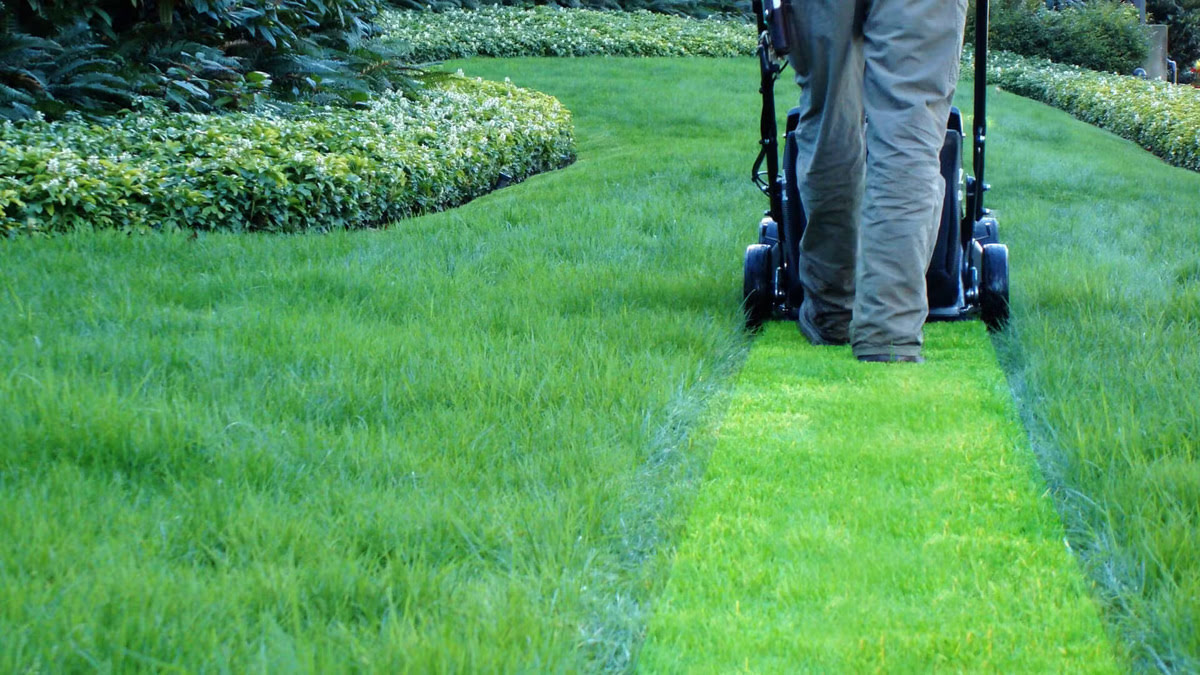
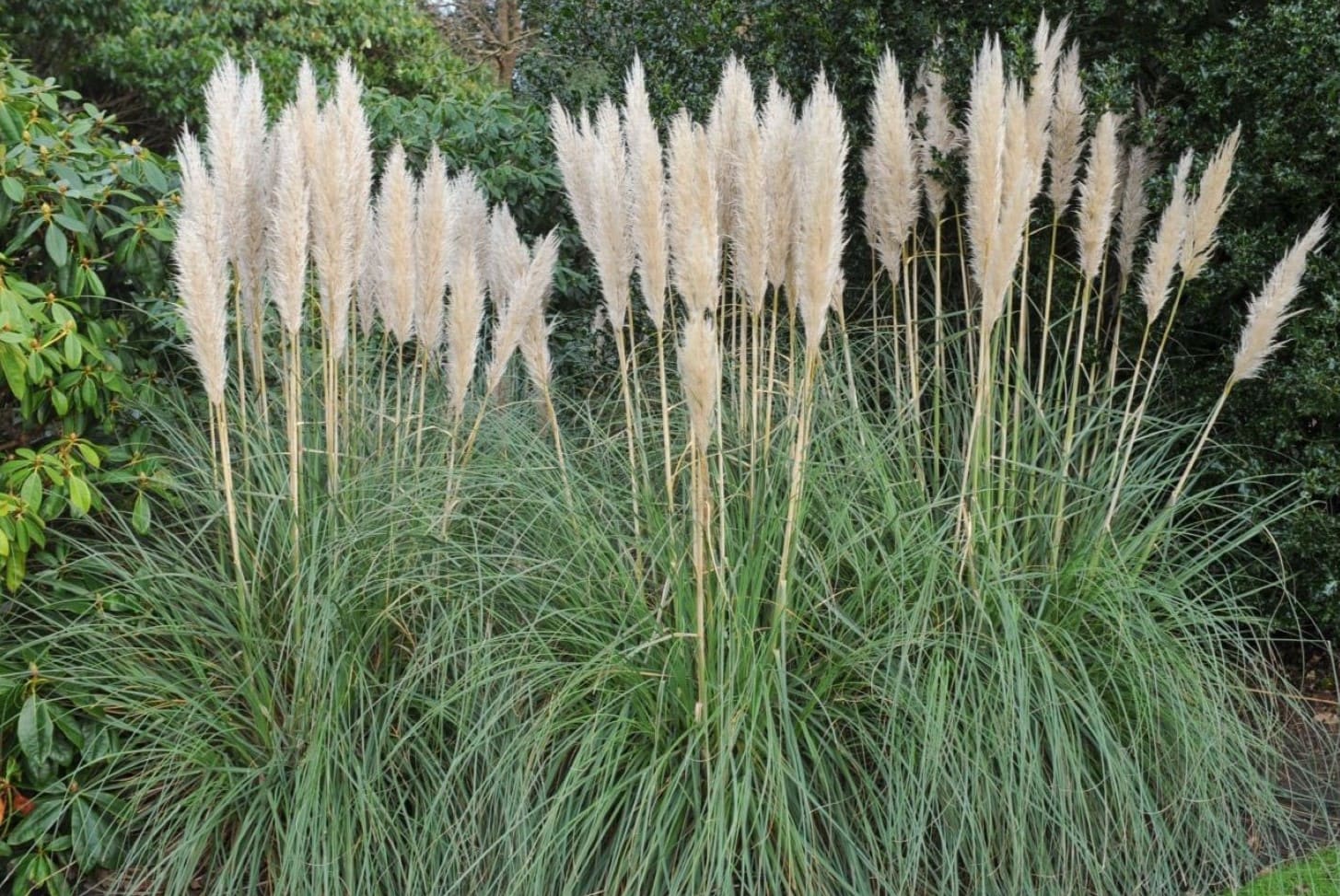
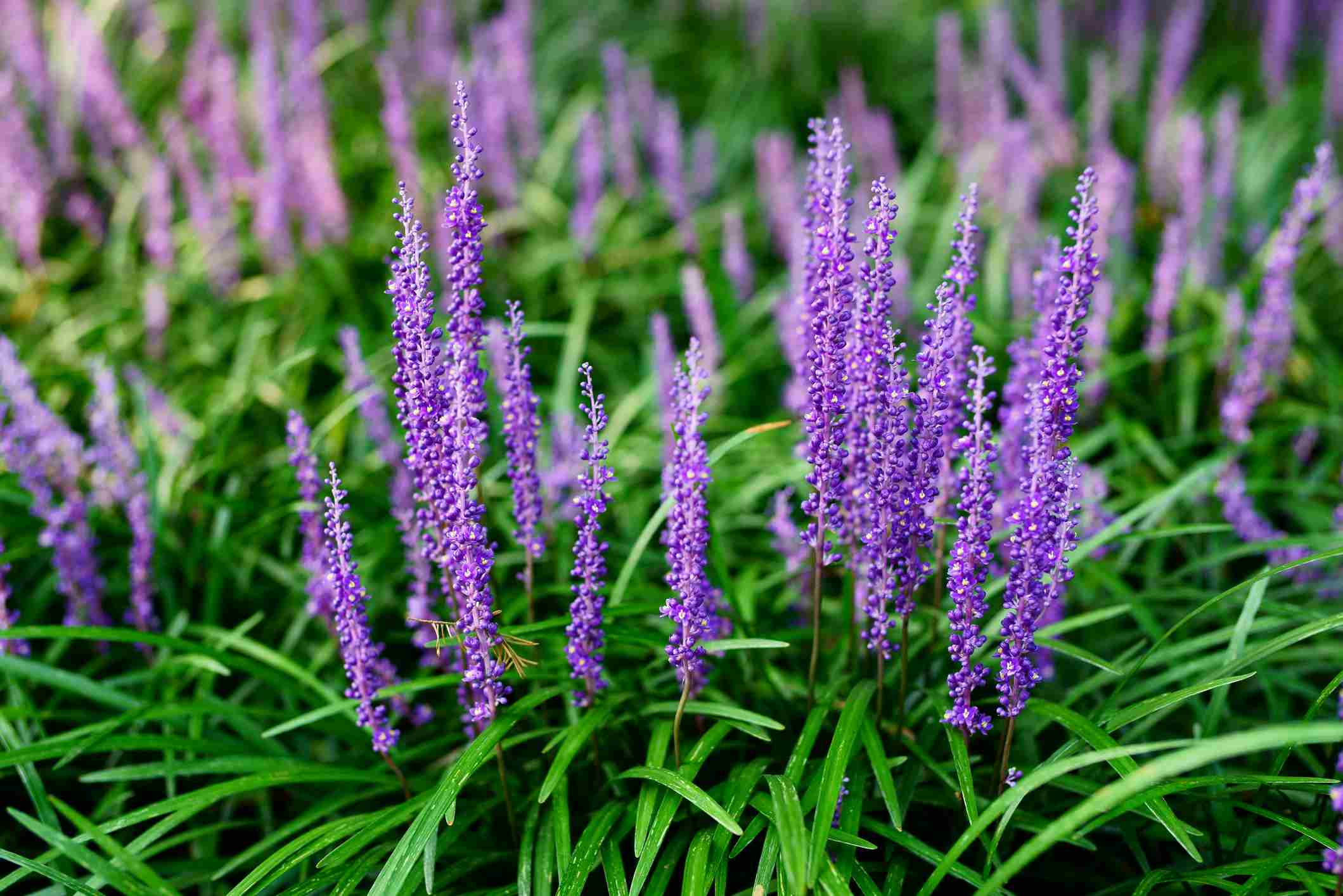
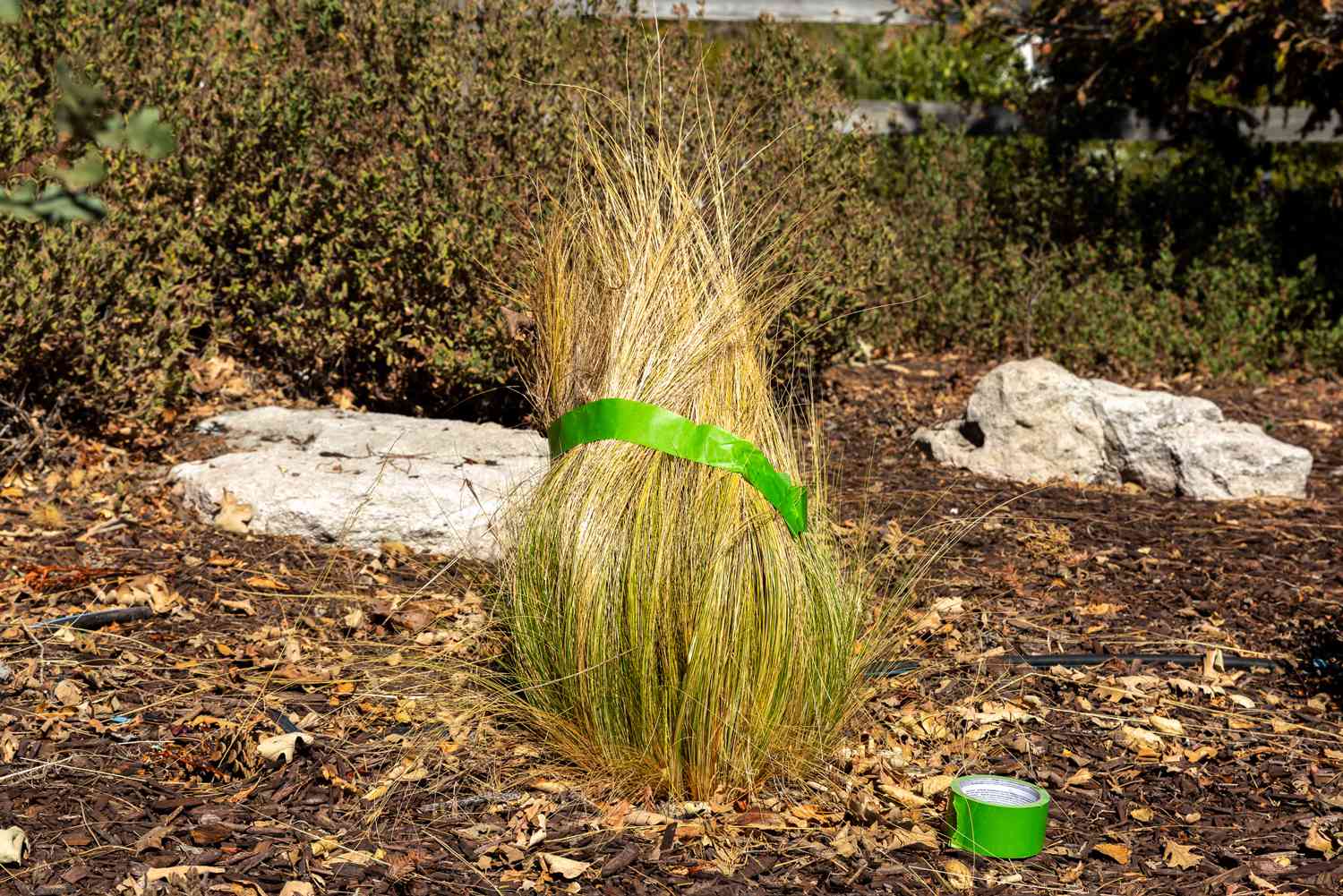
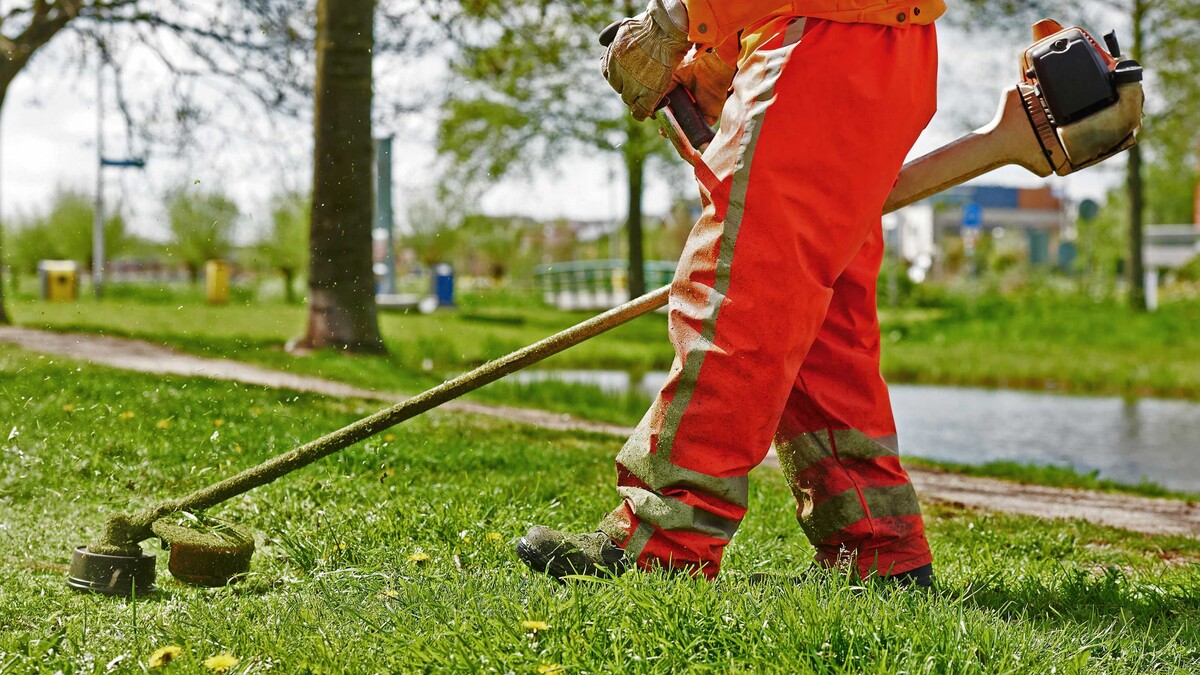
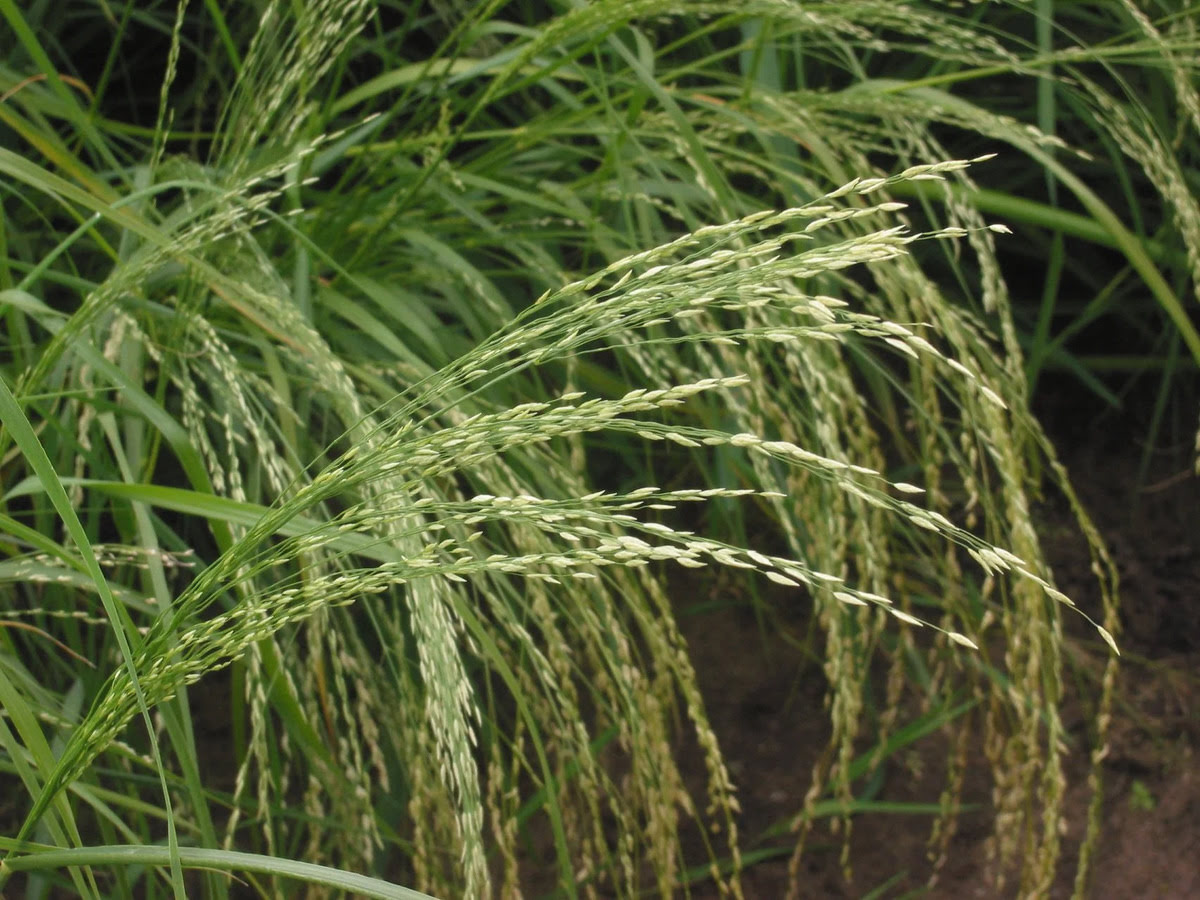
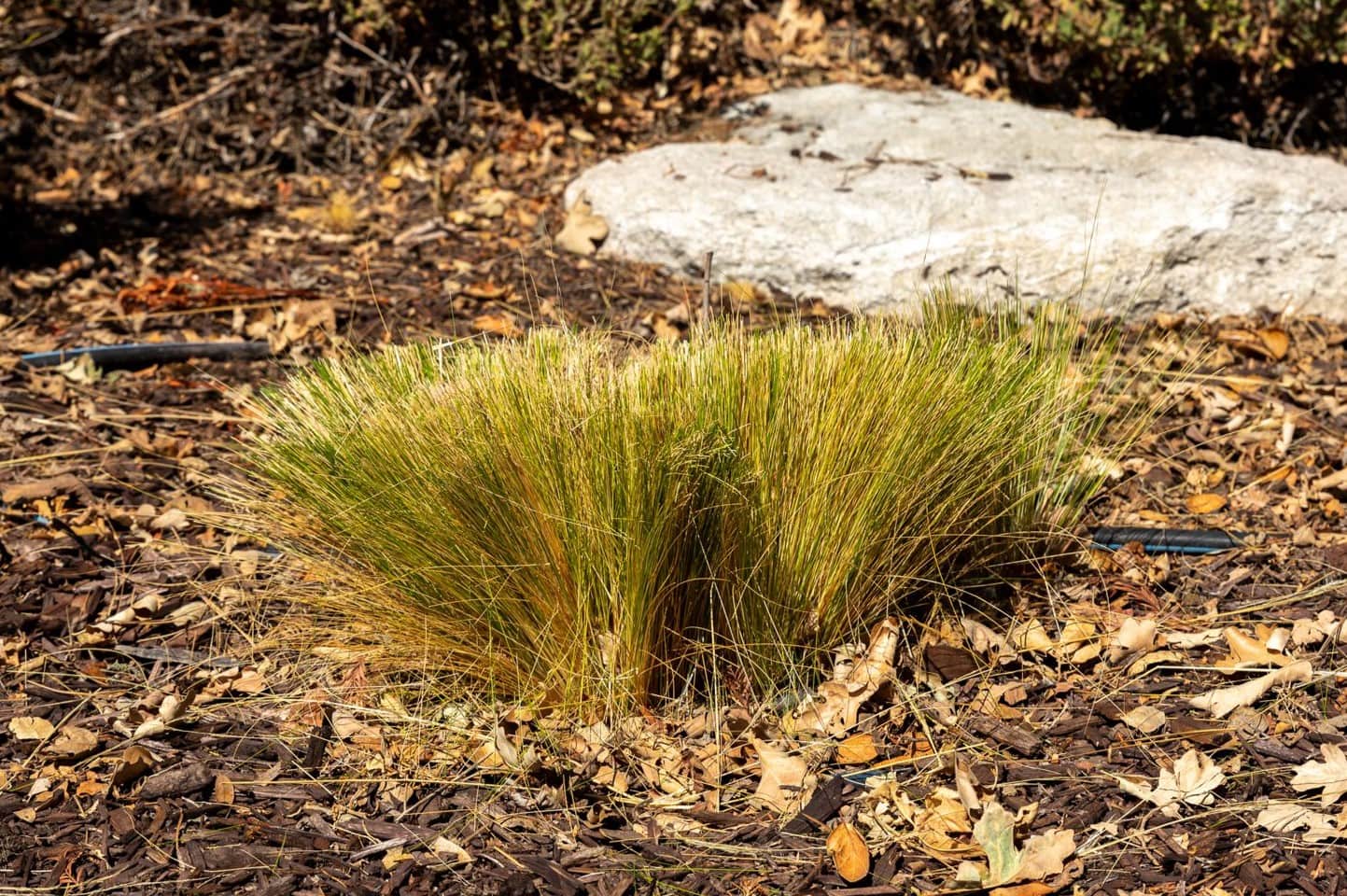
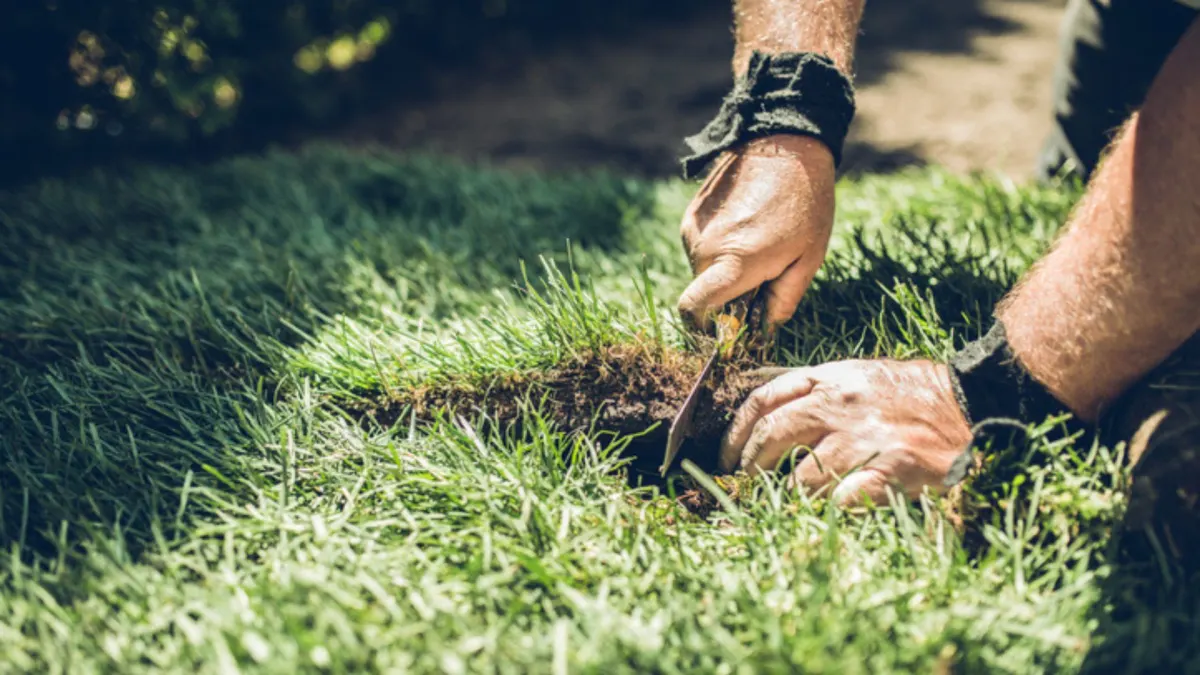
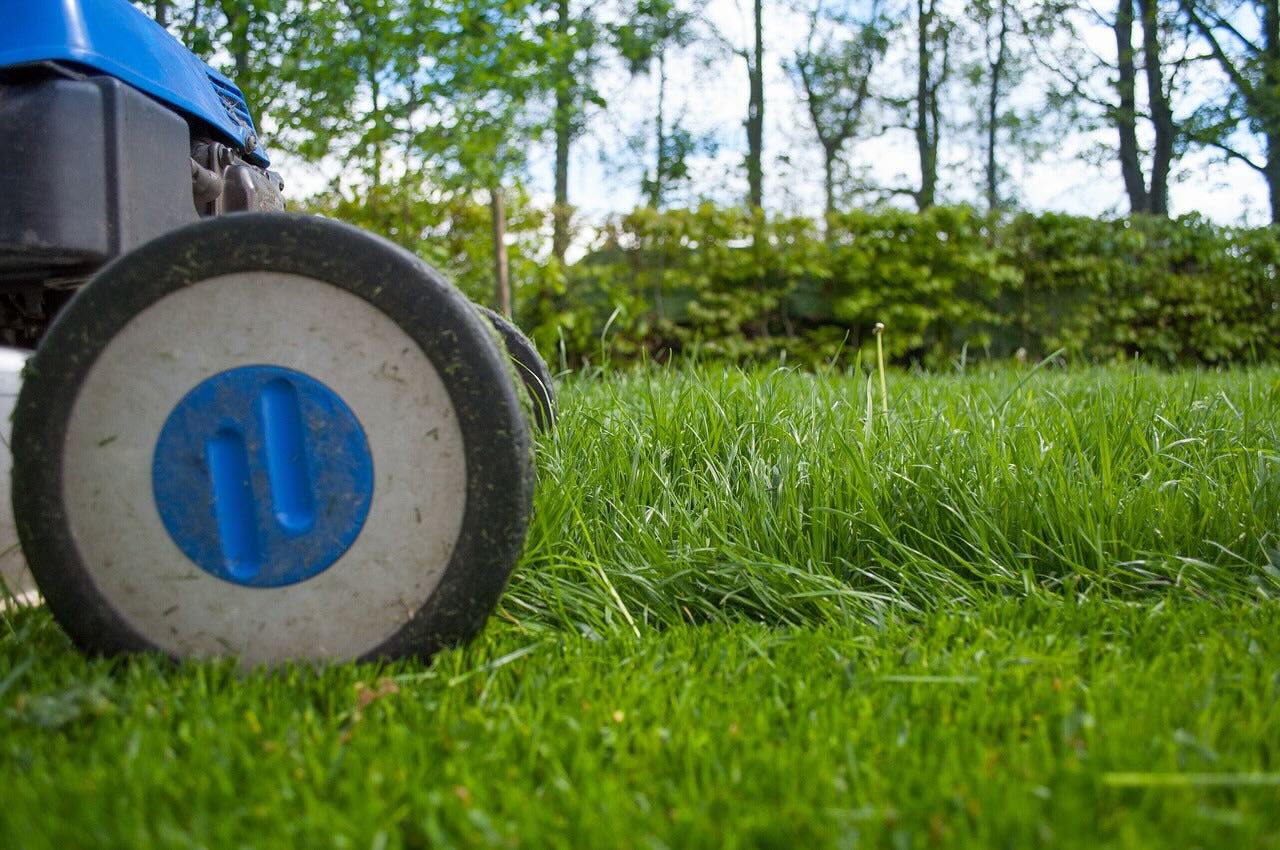
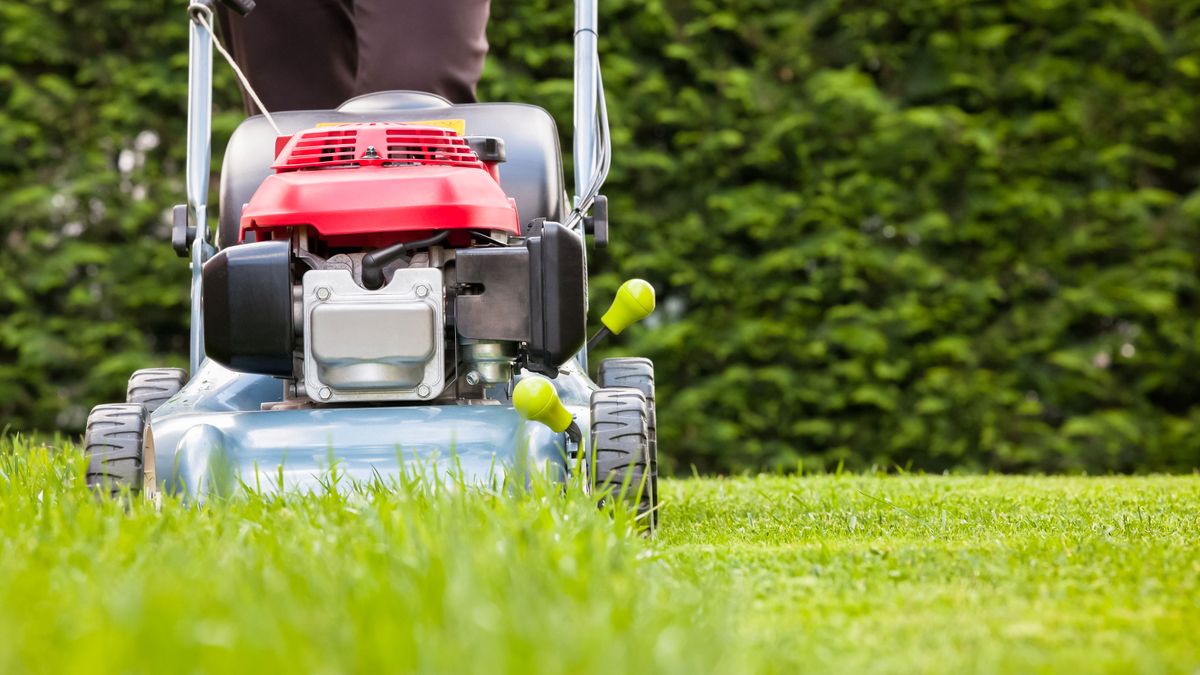
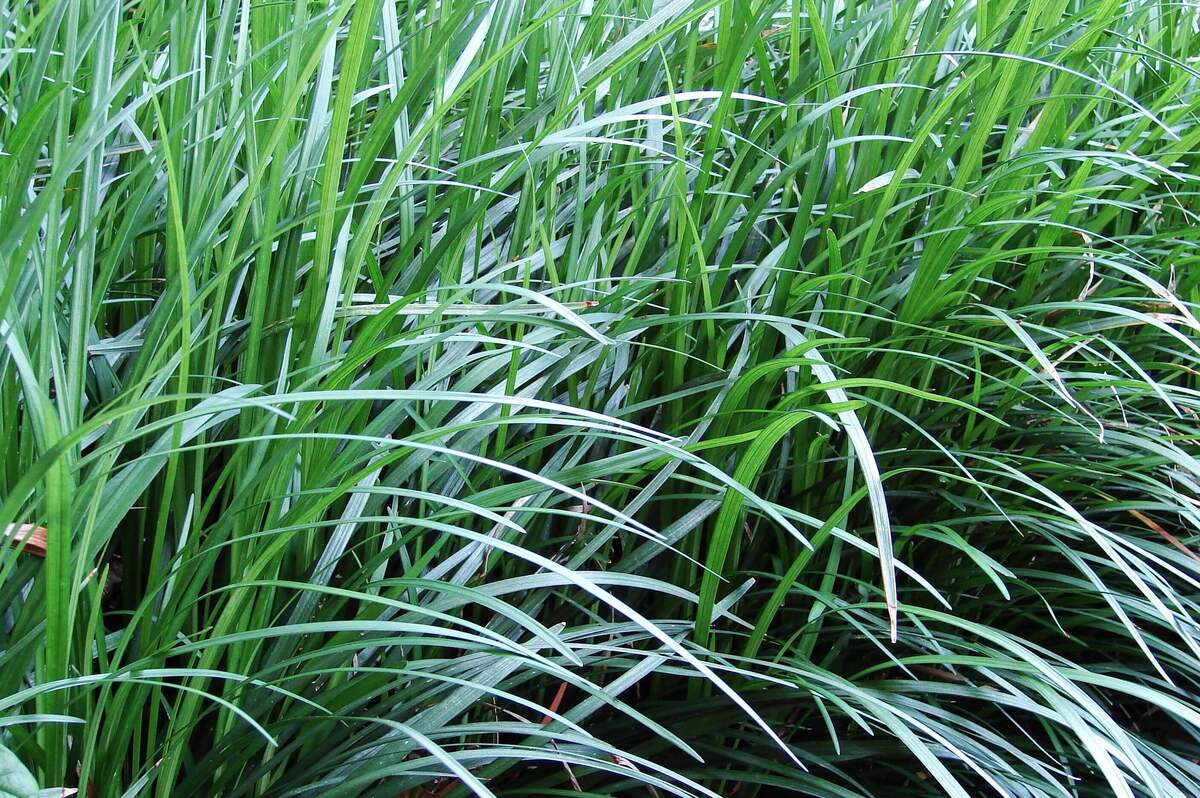
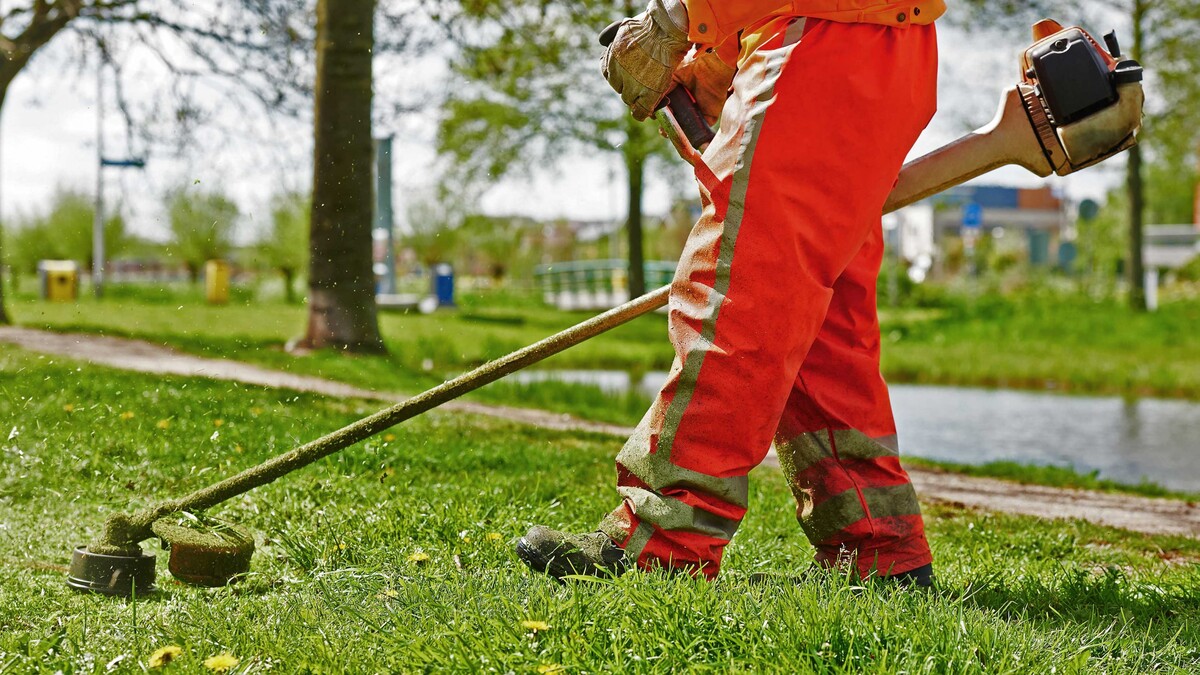
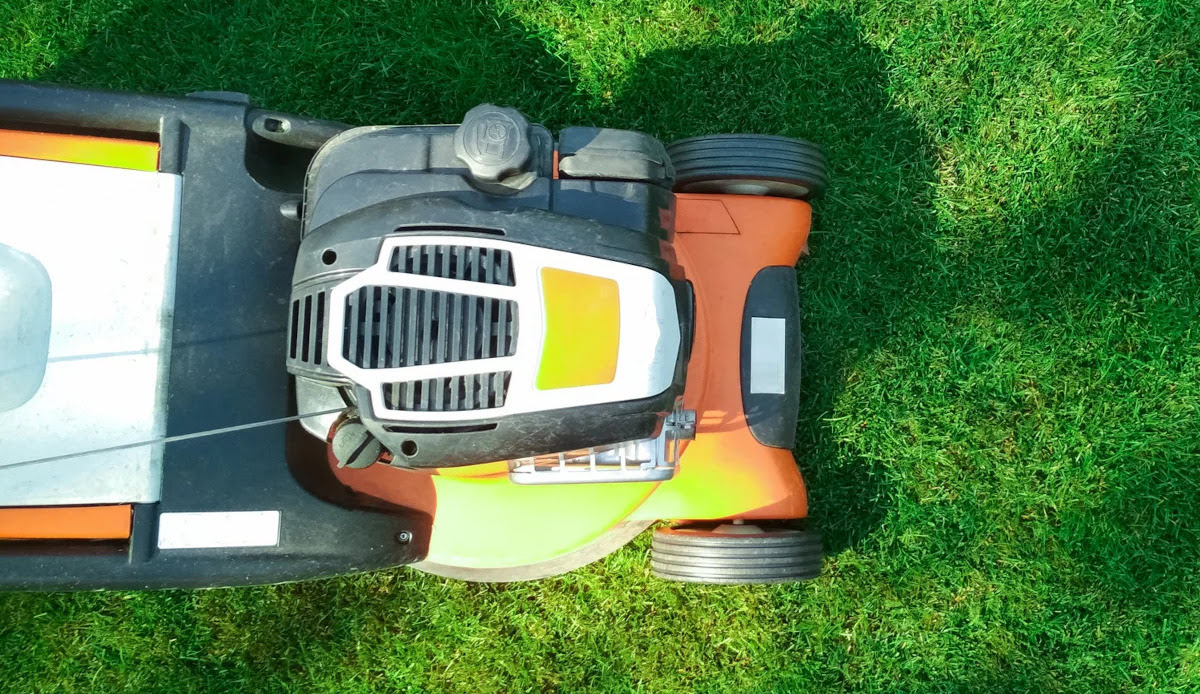
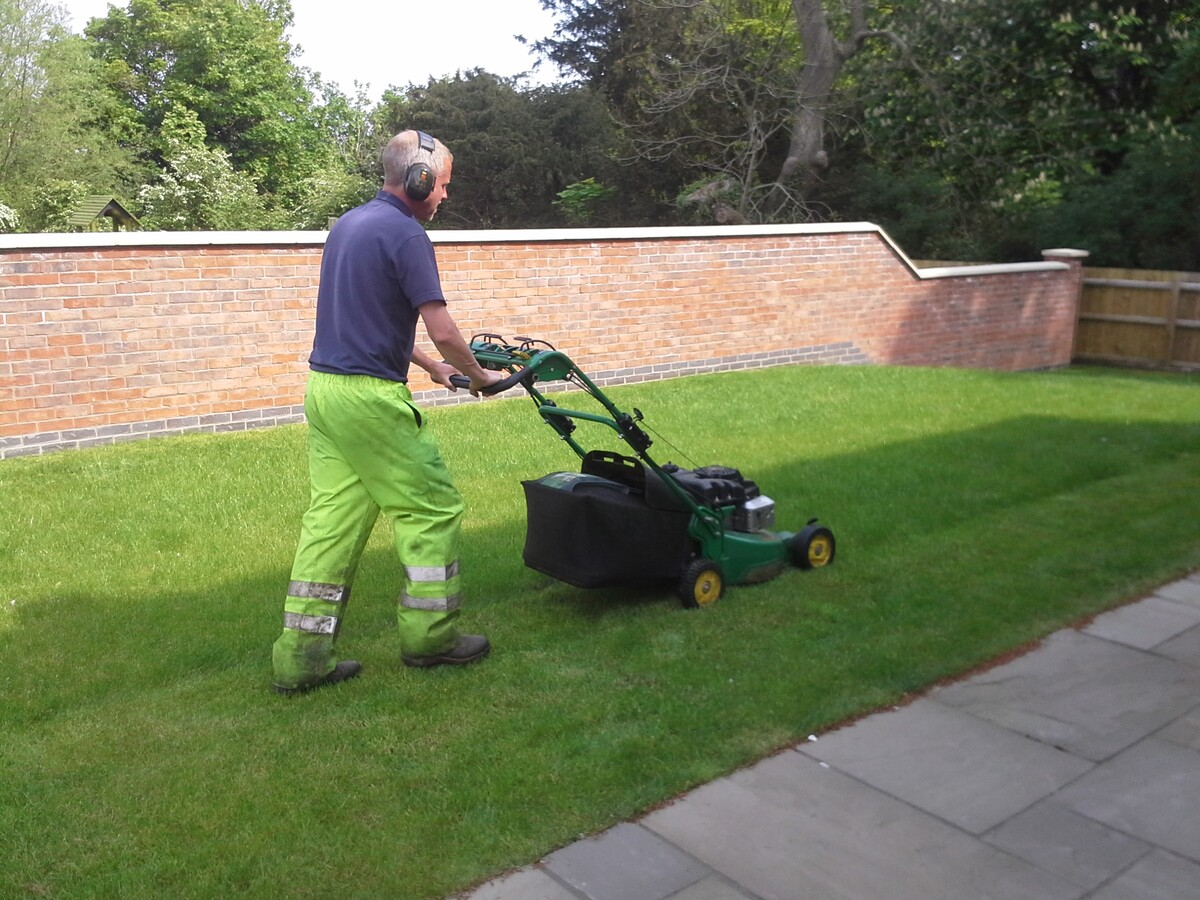
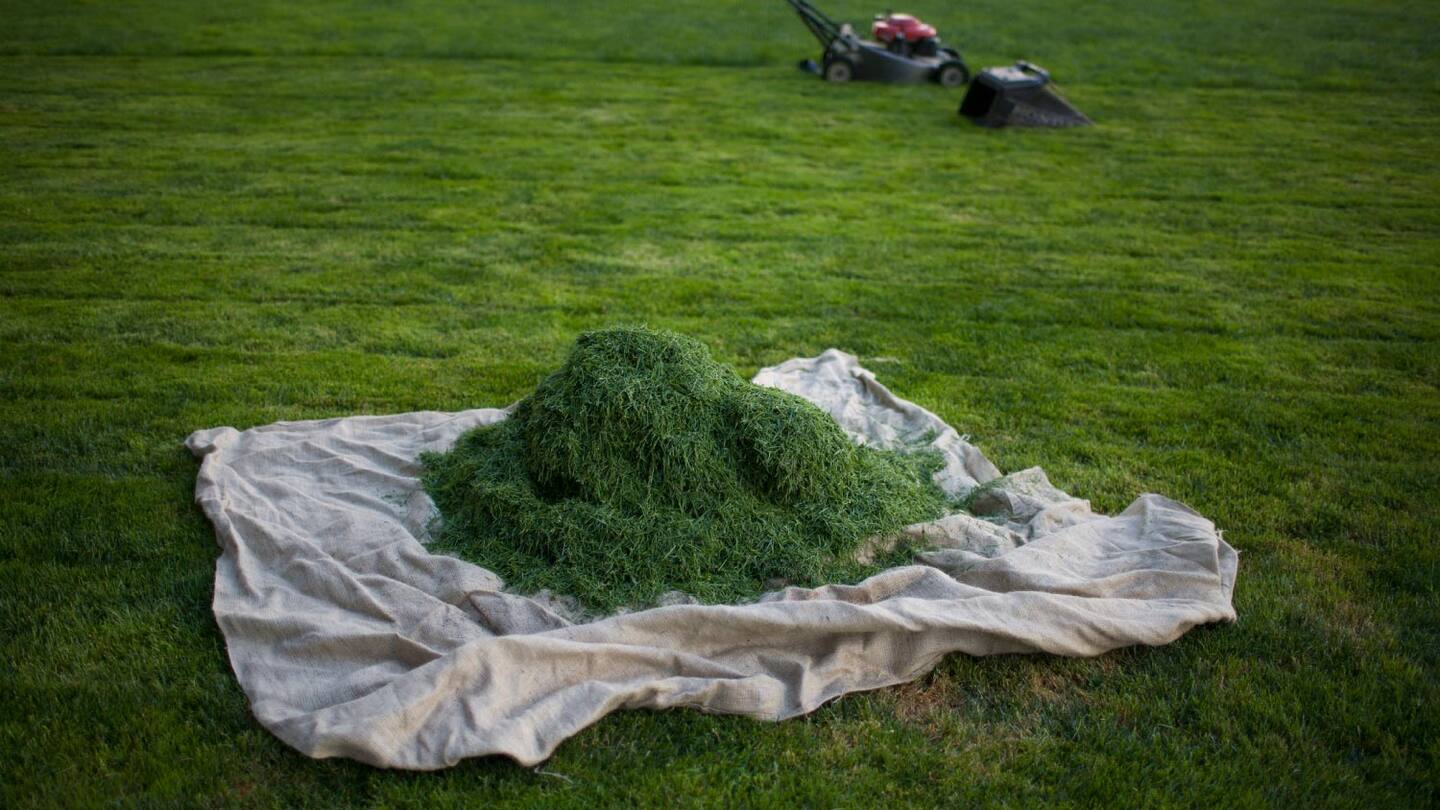

0 thoughts on “Is It Bad To Cut Grass When Hot”